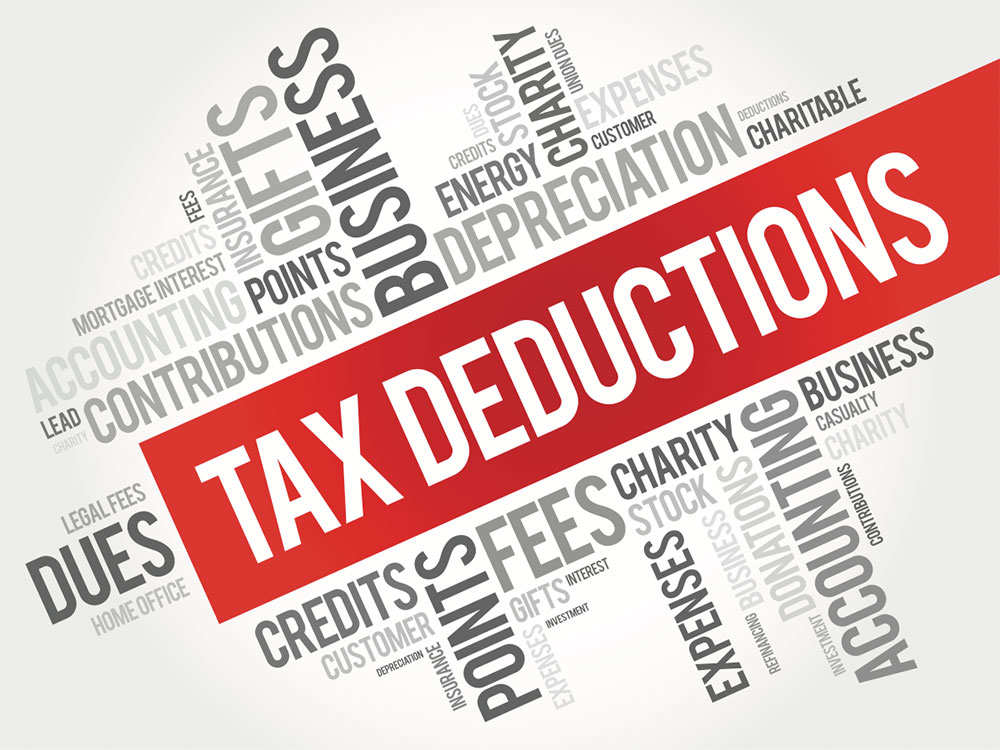How Job Loss May Impact Your Tax Situation
June 10, 2020
If you experience a job loss, you will of course have numerous questions as to how it will impact your job situation. Whether you are an employee who lost your job or a business owner who had to lay off your workers, here are some important details to keep in mind.
How Will Your Job Loss Affect Your Tax Situation?
When you lose a job, it may create many changes related to your tax situation. As an example, severance pay as well as payments for accrued sick leave or vacation pay are considered taxable income. Because of this, you may have a larger tax bill due to this income, especially if a minimal amount of taxes were withheld originally. In addition, any unemployment compensation you receive is also taxable income, which is something many people overlook at tax time. As for income you may be receiving after your job loss that is not taxable, this will include SNAP benefits or other public assistance, as well as the recent stimulus payments sent due to the COVID-19 pandemic.
Are You Eligible to Receive Unemployment Compensation?
When trying to decide whether or not you are eligible to receive unemployment compensation, a number of different factors may come into play. Depending on your individual circumstances, there are several types of unemployment compensation for which you may be eligible, including:
- State unemployment benefits from Federal Unemployment Trust Fund
- Railroad compensation unemployment benefits
- Assistance from Disaster Relief and Emergency Assistance Act
- Disability payments paid to you as substitute for unemployment benefits
- Trade readjustment allowances via Trade Act of 1974
- Pandemic Unemployment Assistance via CARES Act of 2020
Remember that if you are self-employed or have other circumstances that normally disqualify you from receiving standard unemployment benefits, the CARES Act of 2020 has expanded unemployment assistance to you and many other individuals. To prove your income, you must use a current-year tax form.
What if You Voluntarily Quit Your Job?
If you voluntarily quit your job due to your concern about possible exposure to COVID-19, most likely you will not be eligible for Pandemic Unemployment Assistance. However, since individual situations can vary and extenuating circumstances may have been present at the time, certain scenarios are possible that could in fact make you eligible for PUA. Therefore, it is best to apply for benefits and learn whether or not you do qualify for assistance.
Is Unemployment Compensation Considered to be Tax-Free?
Unfortunately, the answer is no. Whether you receive unemployment benefits from your state or from the federal government, United States law dictates that all unemployment compensation received by individuals is considered to be taxable income, and thus must be reported as such on your federal tax return. In addition, if you belong to a union and receive benefits paid to you by your union, this must also be included as income on your tax return. However, if you made contributions to a special union fund that are not deductible, you will only report as income the amount you received that exceeds your contributions.
Can Federal Income Tax be Withheld from Unemployment Benefits?
Here, the answer is yes. But to do so, you will need to fill out Form W-4V, Voluntary Withholding Request. By filling out this form and submitting it to your state's Department of Labor, 10% of your total payment will be withheld as tax. Should you choose to not withhold taxes, estimated tax payments may need to be made during the year, and you may also owe taxes when you file next year's tax return, so keep this in mind. Prior to filing your tax return, you should receive Form 1099-G, Certain Government Payments. On this form, it will show the amount of unemployment compensation you received, as well as the amount of federal income tax you withheld.
Are Expenses Related to a Job Search Deductible?
While this was the case in years past, tax reform has eliminated many of these
deductions. Thus, for the tax years 2018-2025, you will no longer be allowed to deduct such expenses as travel, outplacement agency fees, resume preparation services, and other related expenses when having your taxes prepared.
Are Individuals Required to Actively Seek Work During COVID-19?
While you normally would need to be actively seeking employment to receive unemployment benefits, that requirement has been waived due to COVID-19. Under the CARES Act of 2020, state unemployment agencies have the flexibility to determine if a person can or cannot actively seek work due to COVID-19 quarantines or movement restrictions such as stay-at-home orders, or due to a COVID-19-related illness.
What if Your Employer Goes Out of Business or Files for Bankruptcy?
Should your employer go out of business or file for bankruptcy, they are required to provide you with a W-2 form no later than January 31. On this form, all wages you earned as well as any taxes withheld will be displayed. While waiting to receive your W-2, it is vital you keep up-to-date records along with previous pay stubs. If for any reason your employer or their representative fail to provide you with a W-2, do not panic. Instead, contact the Internal Revenue Service as soon as possible, since the IRS can provide you with a substitute W-2 form.
What if Your 401(k) Plan was Liquidated?
If your employer went out of business or filed for bankruptcy, there is a chance your 401(k) plan may have been liquidated. If this occurred, the good news is that you still have options available to you. In most cases, you will have up to 60 days to roll it over into another 401(k) plan or other type of qualifying retirement plan, so give this careful thought.
Since it is likely you will have many questions as to how your job loss will impact your tax situation, don't take chances on making critical and costly mistakes. Instead, turn to an experienced and knowledgeable CPA who can sit down with you and answer your questions in greater detail.









